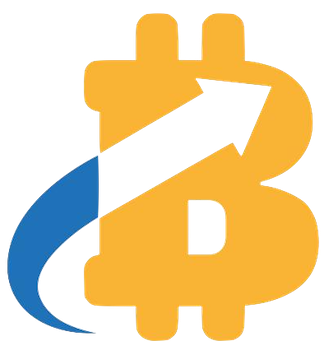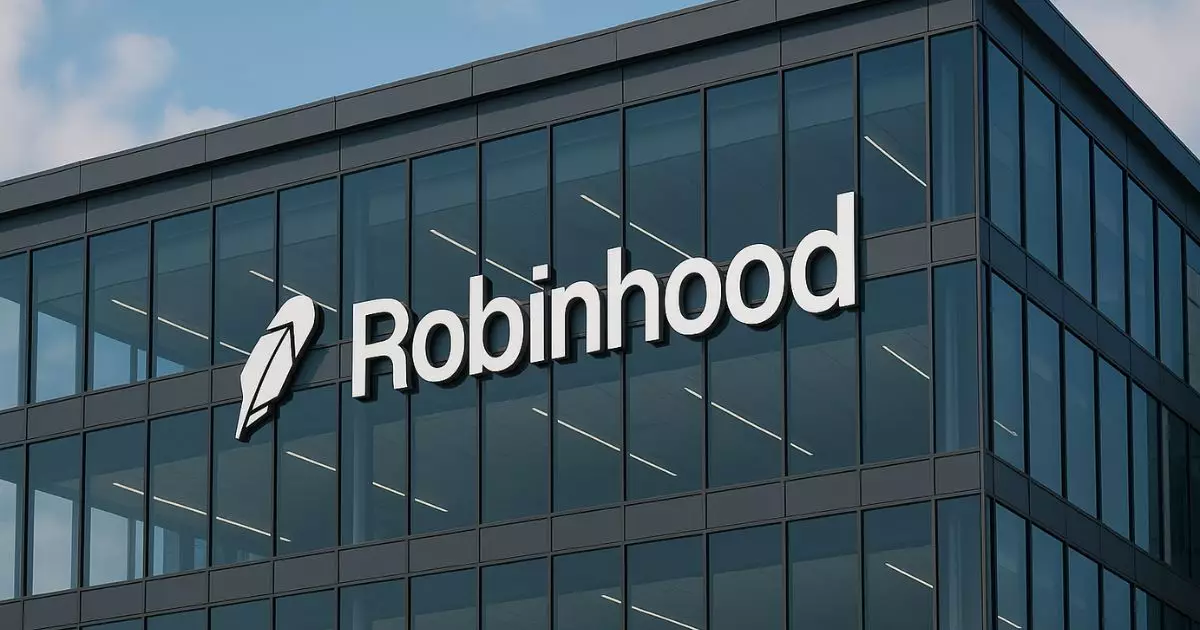In a bold move that could reshape the fabric of modern finance, Robinhood has put forth a groundbreaking proposal to the United States Securities and Exchange Commission (SEC) aimed at establishing a federal framework for tokenized real-world assets (RWAs). This initiative seeks to address a staggering market potential estimated at $30 trillion. With the rapid advancement of blockchain technology, Robinhood is staking its claim not just as a challenger to traditional finance, but as a pioneer in advocating for the marriage of digital and traditional assets.
Unlike the past initiatives that have often been scattered and fragmented, Robinhood’s 42-page filing stands out for its comprehensive strategy. It aims to provide a legal structure that treats digital tokens representing financial instruments—such as equities, bonds, and real estate—as equivalent to their underlying assets. This framework is vital not just as a theoretical exploration, but as a necessary step toward modernizing how financial assets are issued, traded, and settled.
A Unified Framework: The Need of the Hour
The existing landscape for RWA tokenization is akin to a patchwork quilt, with various isolated projects operating without synergy. Robinhood’s proposal advocates for a cohesive national regulatory framework that would empower broker-dealers to issue and trade tokenized assets under a unified compliance model. In doing so, it eliminates the inefficiencies of maintaining parallel systems, which has only served to slow down the crypto adoption curve.
Their advocacy for a centralized framework is not merely an exercise in regulatory compliance; it’s a call to action for the impending digital economy. If approved, the framework could resolve many legal ambiguities surrounding asset ownership and drastically reduce settlement times—offering a more efficient system that upholds investor protections under existing securities law.
The Real World Asset Exchange: A Brave New Market
Integral to Robinhood’s proposal is the creation of the Real World Asset Exchange (RRE), a pioneering platform designed for off-chain trade matching paired with on-chain settlements. This venture represents an exemplary blend of compliance and innovation. By integrating third-party KYC and AML tools from providers like Jumio and Chainalysis, Robinhood’s vision adheres to global regulatory standards while offering a seamless user experience.
What sets the RRE apart is its ability to provide a secure and regulated environment conducive for institutional participation. This platform could serve as a vital stepping stone toward mainstream acceptance of tokenized assets, not as a niche innovation, but as an integral part of the financial system.
Legitimizing Tokenized Assets
Interestingly, Robinhood is not attempting to revolutionize blockchain technology itself but is instead focused on legal interoperability, anchoring tokenized finance within current compliance frameworks. Their stance asserts that tokenized assets ought to be perceived as direct representations of traditional financial instruments rather than as derivatives or synthetic instruments. By framing it this way, Robinhood aims to dispel the skepticism around tokenization that has long dominated Wall Street’s perceptions.
This perspective is not only visionary; it can catalyze broader institutional participation and serve as a catalyst for adoption at scale. The advantage is clear: creating a financial ecosystem where traditional assets seamlessly transition into the digital realm, thereby broadening access and enhancing liquidity.
The Call for Institutional Buy-In
While regulatory reception remains uncertain, Robinhood’s filing represents a significant test case for how the SEC might interpret the notion of asset-token equivalence. The success of this initiative hinges not only on favorable regulatory action but also on attracting institutional interest. Without the support of major financial players, the ability to showcase the utility of tokenized RWAs remains limited.
Robinhood is not merely advocating for regulatory change but is actively attempting to reshape the entire narrative around tokenized assets in relation to traditional finance. This proposal is not just an appeal to the SEC; it’s a clarion call for the future, urging the financial industry to recognize the vast potential at stake. By pushing for a coherent framework, Robinhood is set to redefine the contours of asset ownership, trading, and investment—positioning itself as a critical player in the ongoing financial revolution.



















Leave a Reply